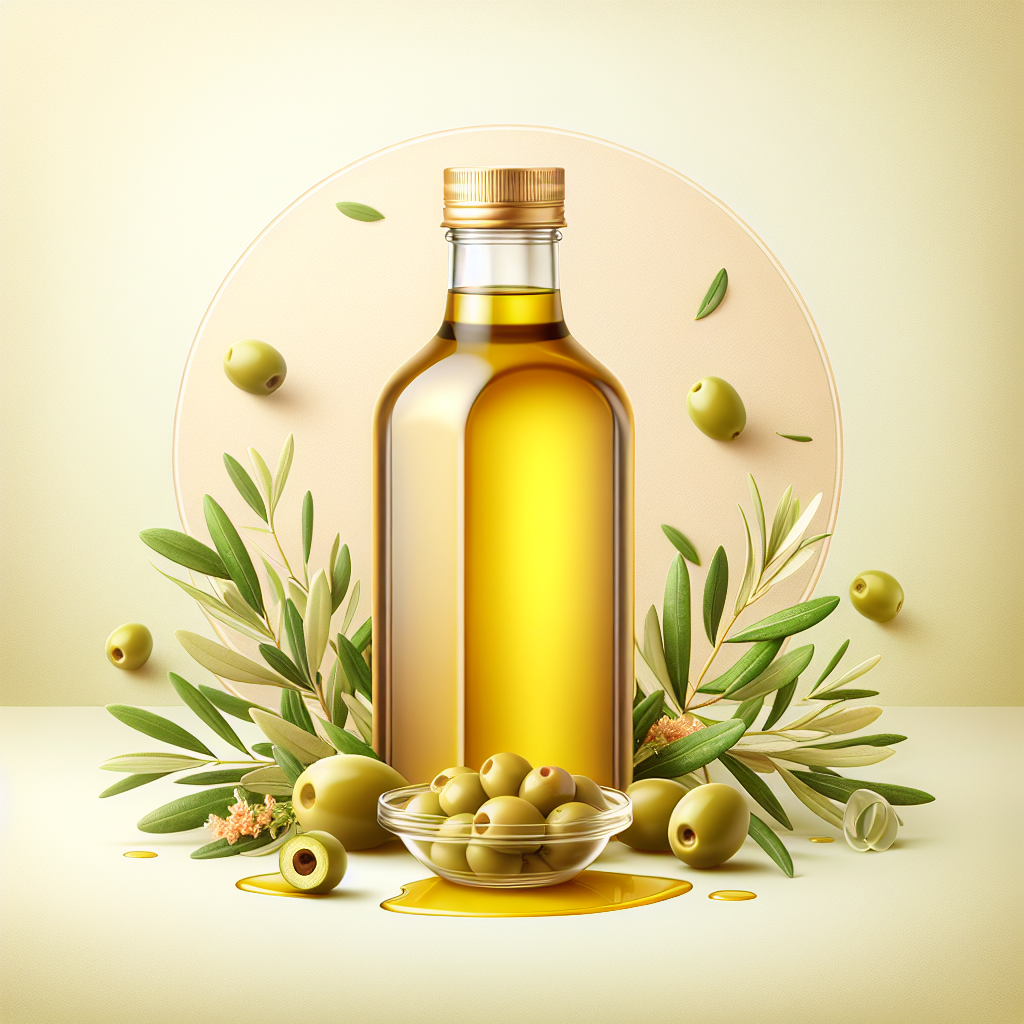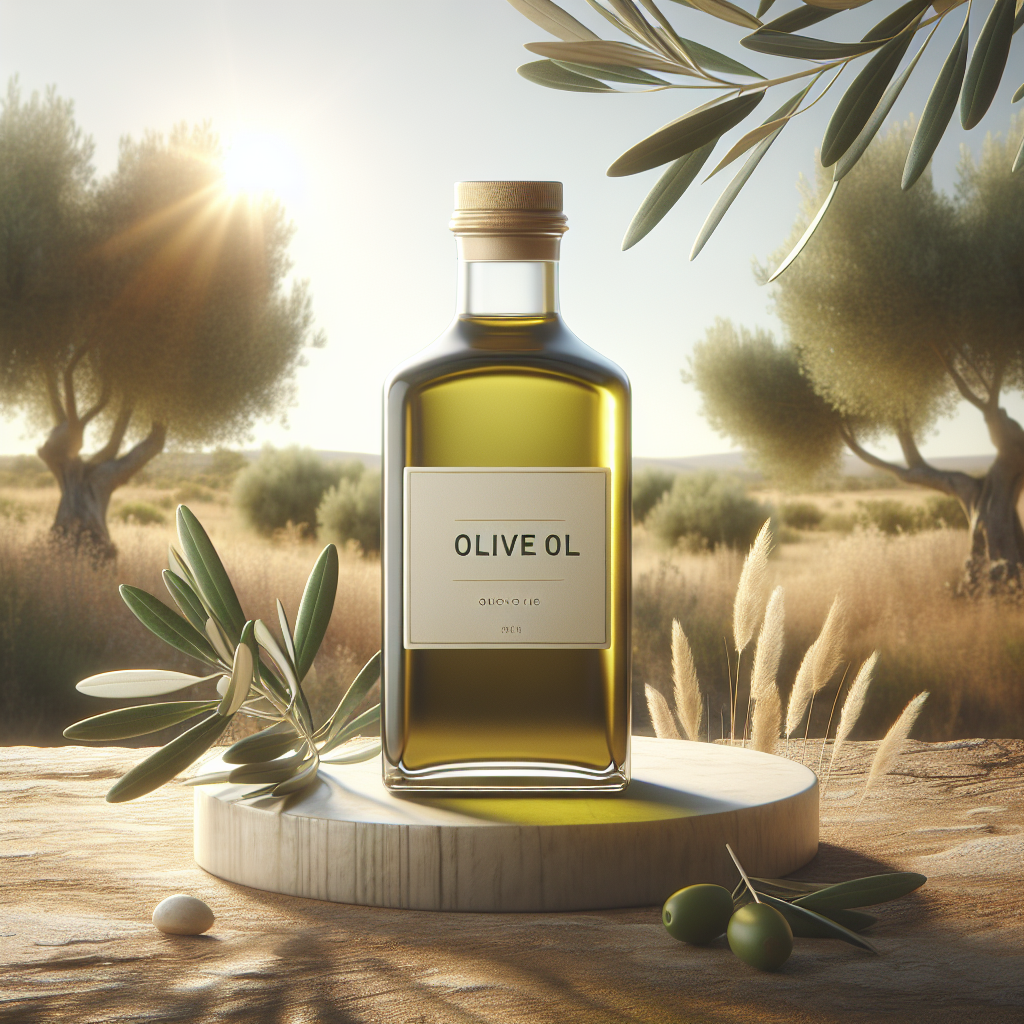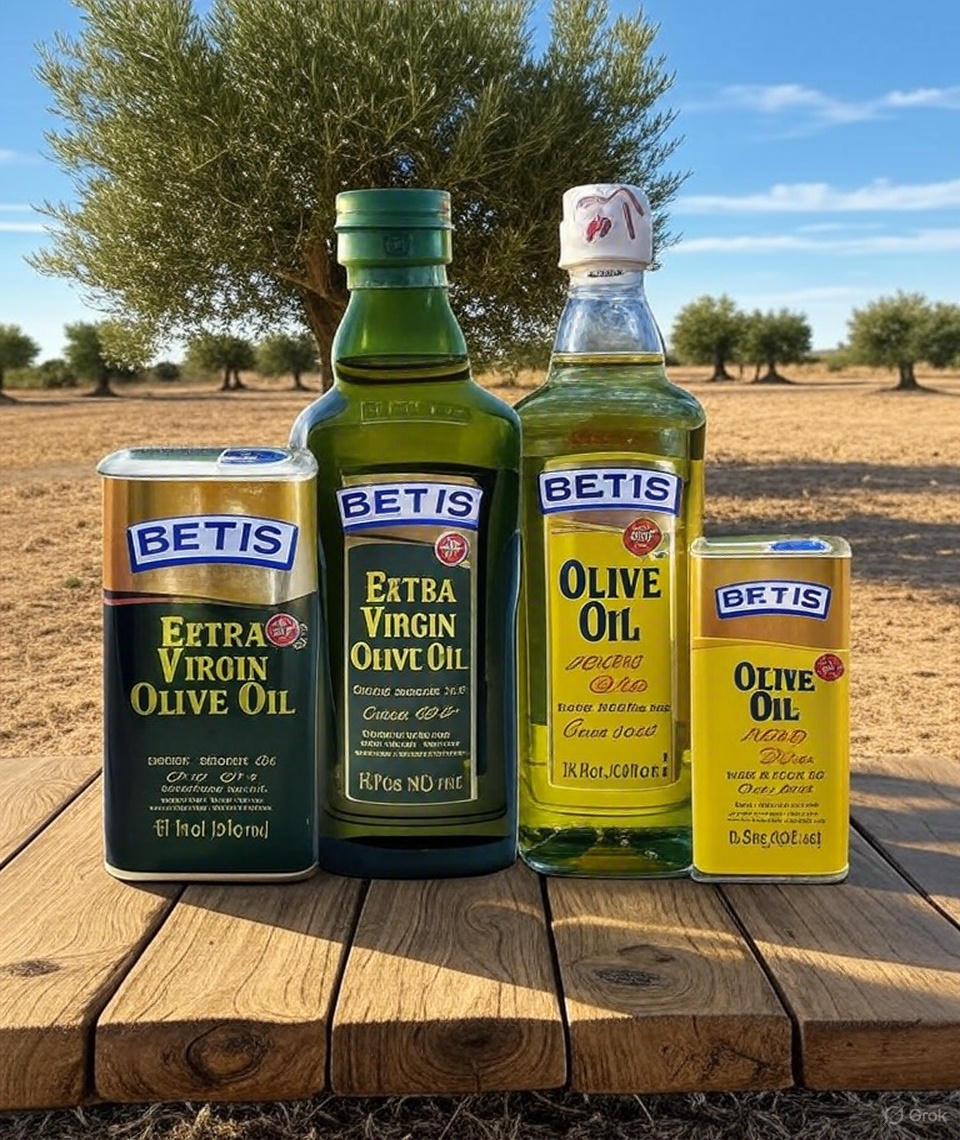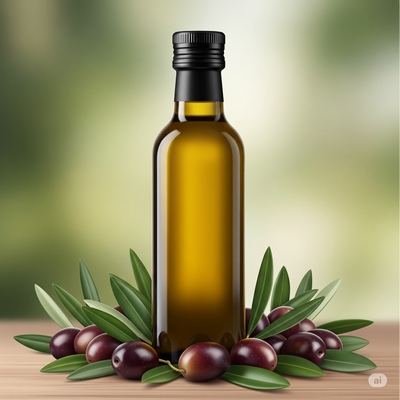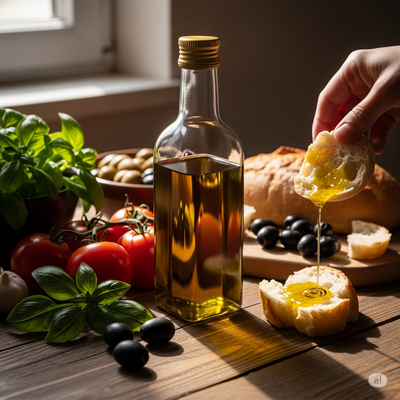WHAT IS THE ACIDITY OF AN OLIVE OIL AND HOW DOES IT INFLUENCE THE TASTE?
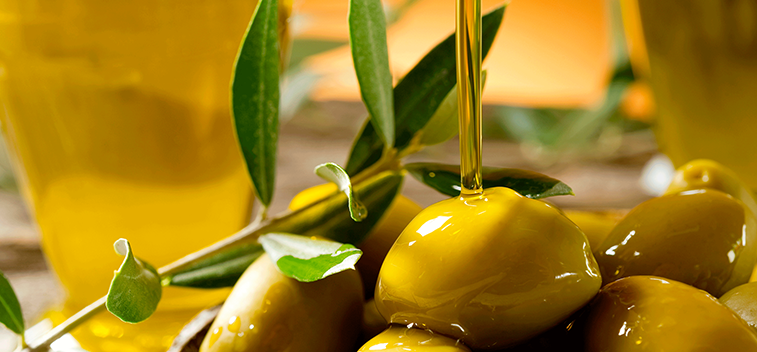
The acidity of an olive oil is a parameter that measures the amount of free oleic acid that exists in the oil with respect to the total triglycerides.
In
the pure oil that resides inside the olive, all the molecules of
oleic acid are united to the three alcoholic radicals that
present the molecules of glycerin or glycerol. The
complete structure of fatty acids (not all of which are oleic
acid but more than 80%), linked to glycerine is known as
triglyceride, and consequently the oil is a set of
triglycerides, which is the fundamental molecule. Along with these
can be found other compounds, especially vitamins and natural
antioxidants, and eventually serum compounds, other fats,
often from the skin of the olive and contact with the leaves.
When
we observe that an oil presents a percentage of free fatty acids,
we must think that they can only come from the breakage of some
triglicéridos, and the same one only takes place by means of
oxidation by competition of the oxygen. In this sense, the
measurement of acidity serves to evaluate the quality of the
collection, transport, storage and extraction treatment of olive
oil, because the better it is, the less fatty acids it
will present.
An
oil with a very high acidity indicates that either the olive has been
damaged during harvesting or during transport, causing wounds through
which oxygen penetrates and oxidises the oil. It also indicates too
long a storage, in which the weight of the olives themselves squeezes
them and releases oil that oxidizes. Finally, a slow extraction with
high temperature pressing, which favours oxidation, also increases
the acidity of the resulting oil.
In
short, the acidity indicates the purity of the whole process from the
moment the olive is beached on the tree until it is pressed and
stored in the vats. It even tells us what to do before beating,
because olives bitten by insects or hit by hail, for example, will
increase acidity. In fact the acidity serves to mark differences
between virgin olive oils and a normal or refined oil.
However,
between virgin olive oil and extra virgin olive oil
other parameters influence, the acidity also has its weight.
Specifically, an extra virgin olive oil must have equal or
less than 0.8º of acidity. On the other hand, in a virgin
olive oil the acidity must be equal to or less than 2º,
and any oil that exceeds 2º of acidity cannot be considered
virgin or extra virgin olive oil, given that so much acidity
indicates bad quality of the process.
In
spite of the general belief, which attributes to acidity whether an
oil scrapes or bites in the mouth, this parameter does not affect
either the texture or the flavour. Fatty acids are insipid,
and therefore will not give the oil a bad taste. However, an oil with
high acidity, which indicates poor processing and extraction, may
have bad smells from parallel fermentation in storage or from organic
remains of contaminations. But such oils do not reach the market
without chemical treatments.
SOURCE:
eldiario.es

 United States
(English)
United States
(English) Spanish
(Español)
Spanish
(Español) Chine
Chine


